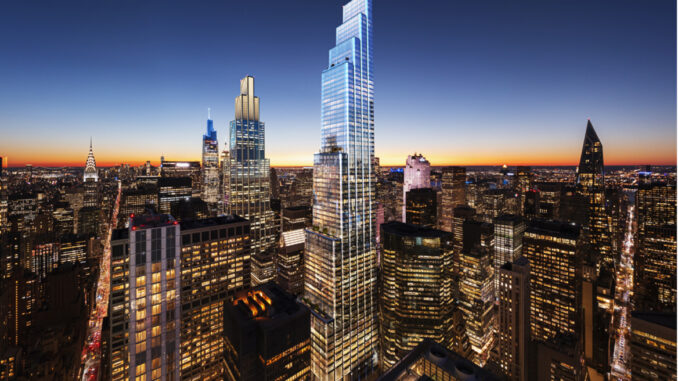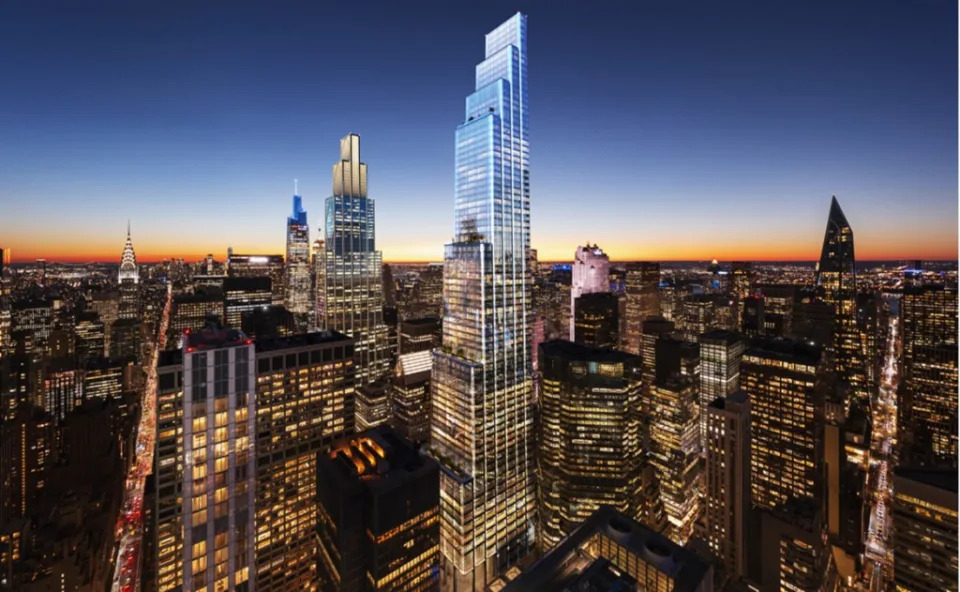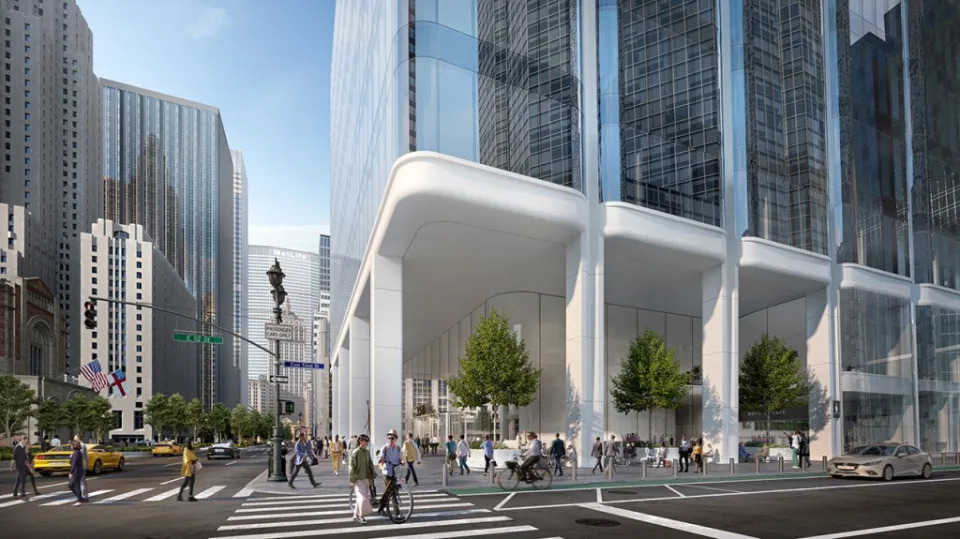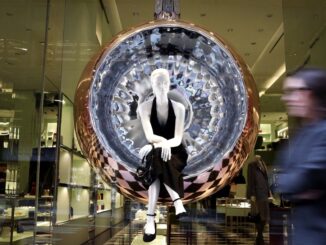
A huge, and glistening, new skyscraper is coming to Midtown Manhattan.
A long-in-the-works plan to demolish two existing structures to make way for a new supertall office property, one that will dazzle Manhattan’s skyline, is finally moving forward.
This week, at the Association for a Better New York’s Power Breakfast, Mayor Eric Adams endorsed and unveiled new renderings of developers Vornado, Ken Griffin and Rudin’s 62-story tower at 350 Park Ave.

“Today, we are doubling down on our efforts to build a ‘New’ New York with a project that will help supercharge our economy and expand New York City’s iconic skyline,” said Adams of the “skyline-shaping” 1.8 million-square-foot building in a press release. He added that the project will create more than 6,000 jobs and build on the city’s “continued efforts to energize Midtown Manhattan” following the years of the coronavirus pandemic.
“This investment opens a new chapter for Midtown — and closes the book on those who predicted its demise,” said Deputy Mayor for Operations Meera Joshi.
Pritzker-winning architect Sir Norman Foster’s firm Norman + Foster has been charged with designing the behemoth, which will involve the purchase of St. Patrick’s Cathedral’s and Saint Bartholomew’s Church’s excess development rights and, as The Post reported in 2019, the demise of Vornado’s existing tower at 350 Park Ave., plus Rudin’s mid-block property at 40 E. 52nd St.


The new 350 Park Ave. will feature a stepped, staircase-like exterior; floor-to-ceiling glass; lush landscaped terraces; and a 12,500-square-foot ground floor public concourse. That latter space will have seating, “prominent art displays, and opportunities for local businesses,” according to the release.
Its anchor tenants are set to be the hedge funds Citadel and Citadel Securities, both founded by Griffin, which are slated to occupy “at least” 850,000 square feet.
The tower must now get approval from the city’s public review process, which is set to start early next year.
Assuming it gets the green light, the tower is anticipated to be completed in slightly less than a decade — in 2032.



